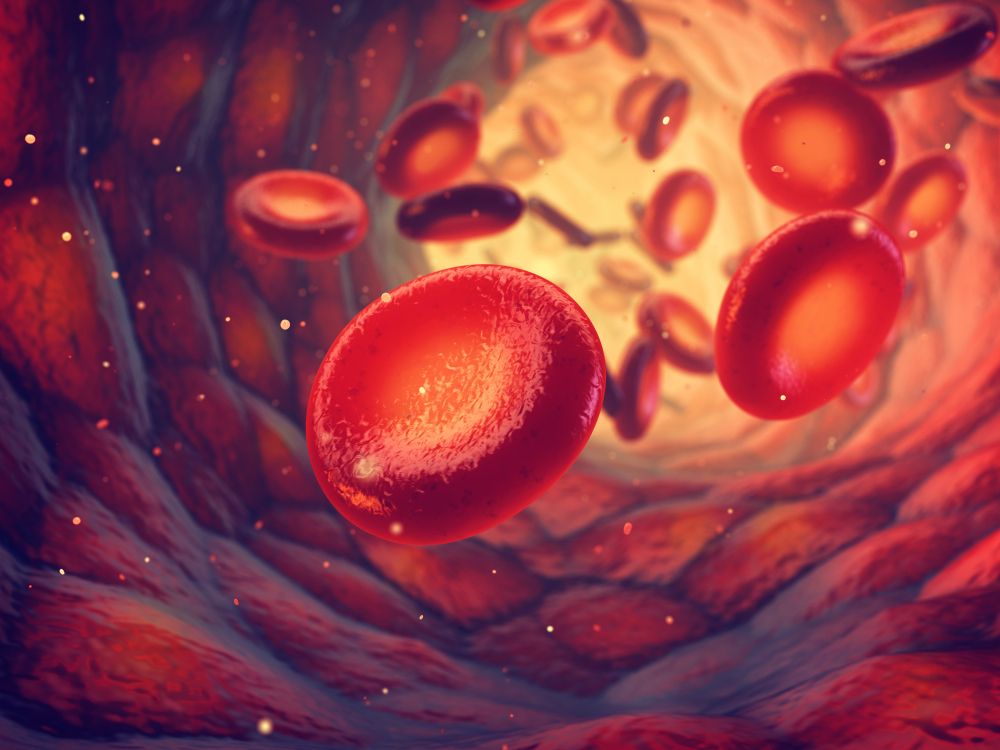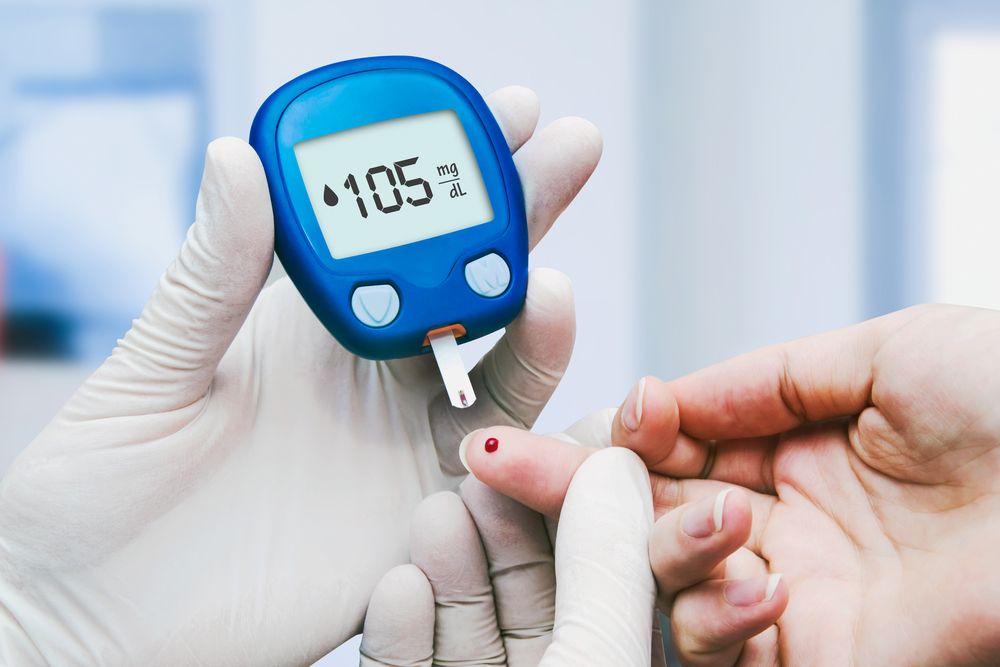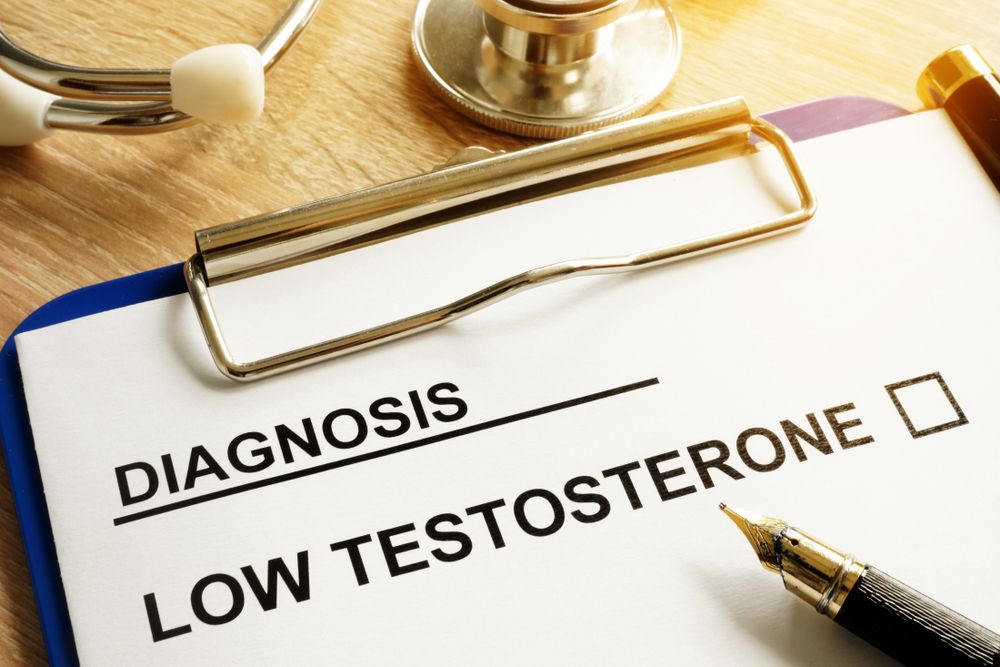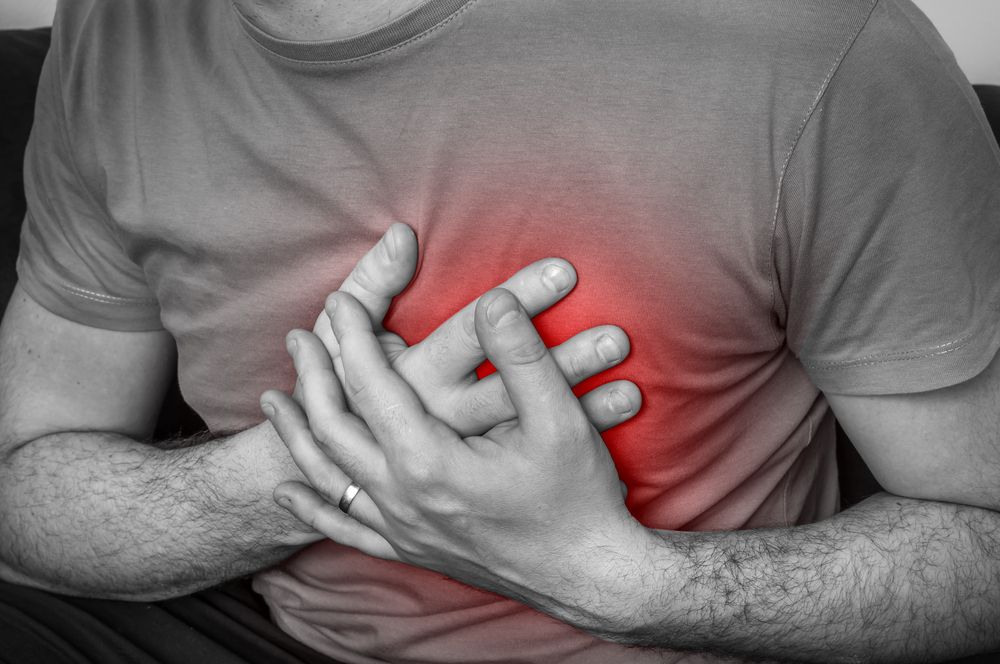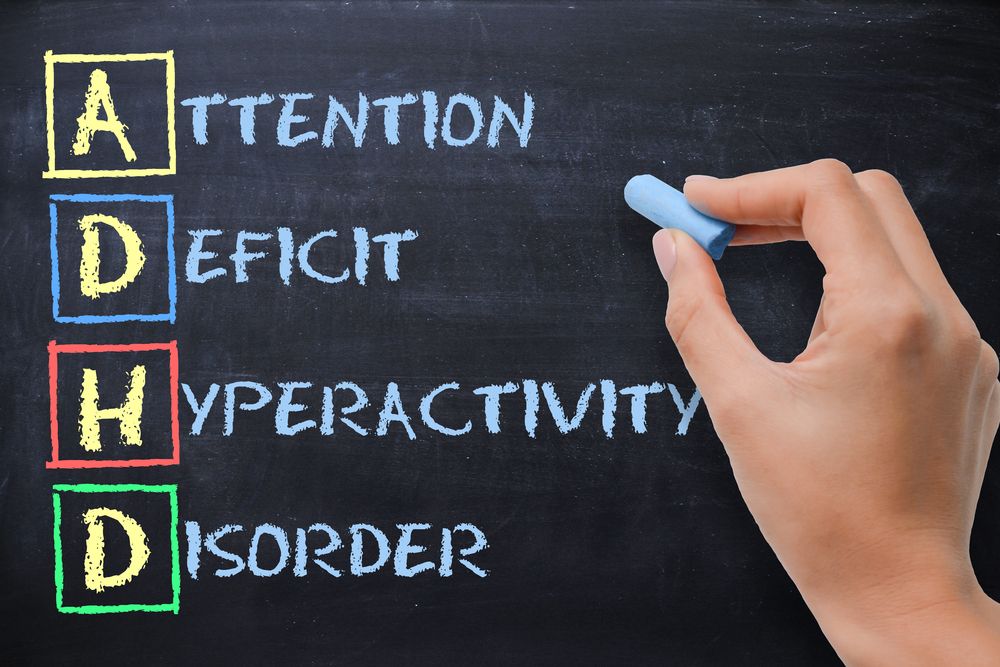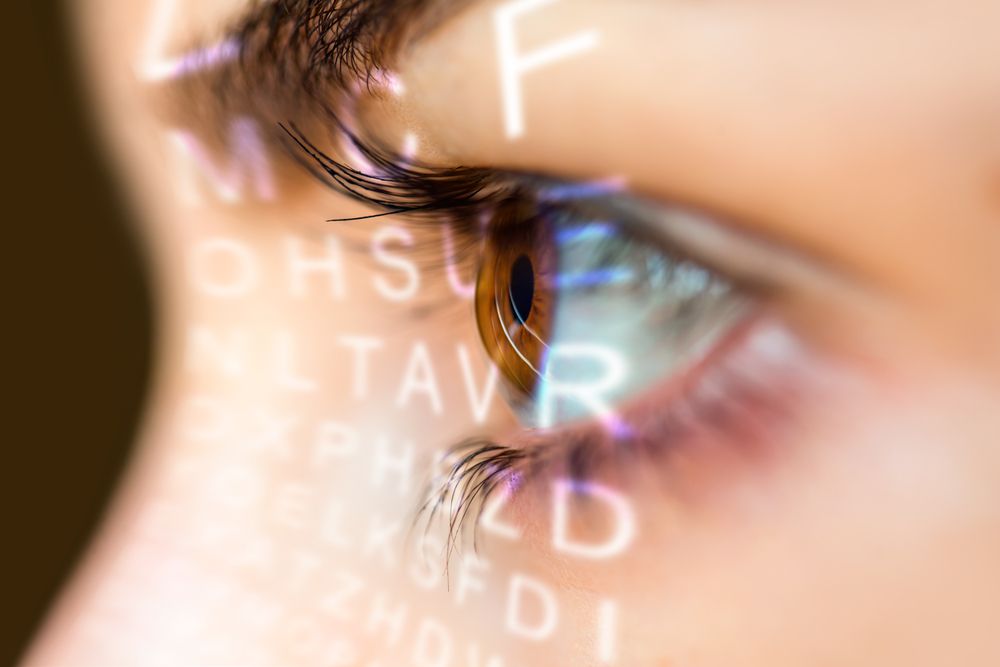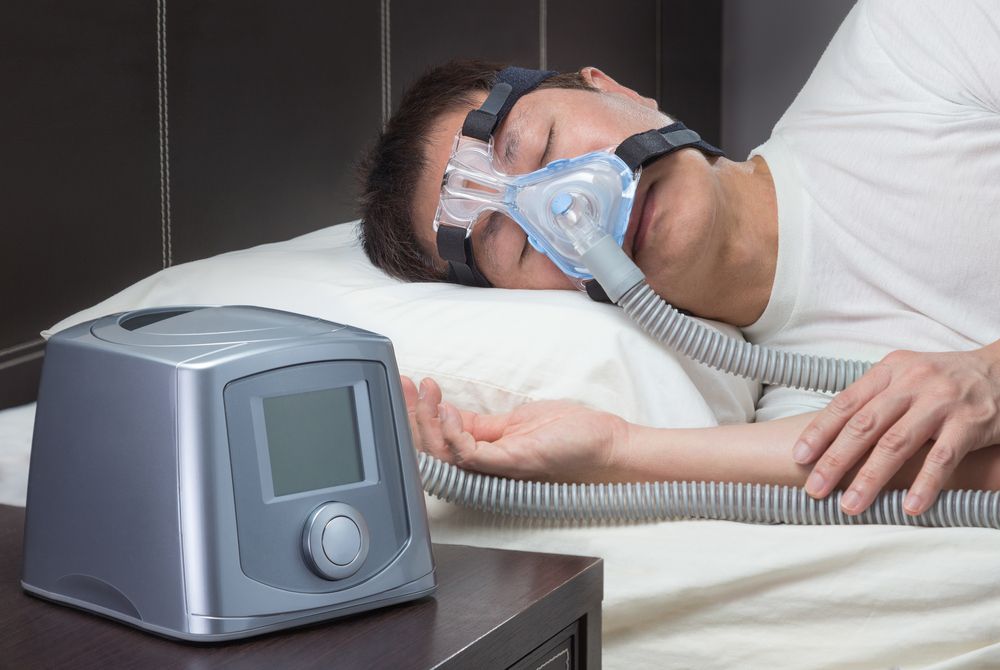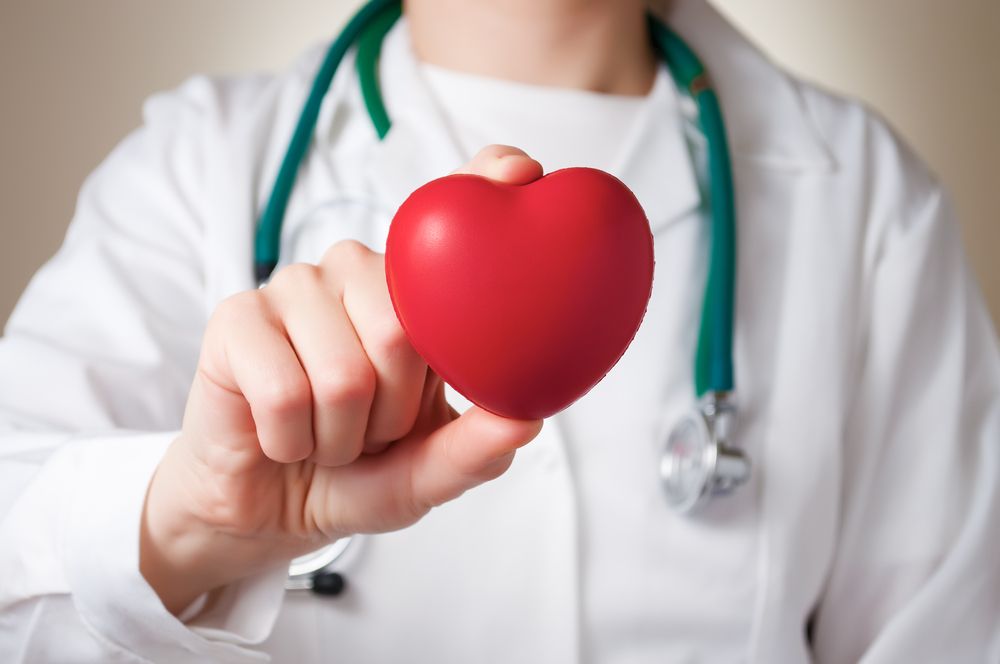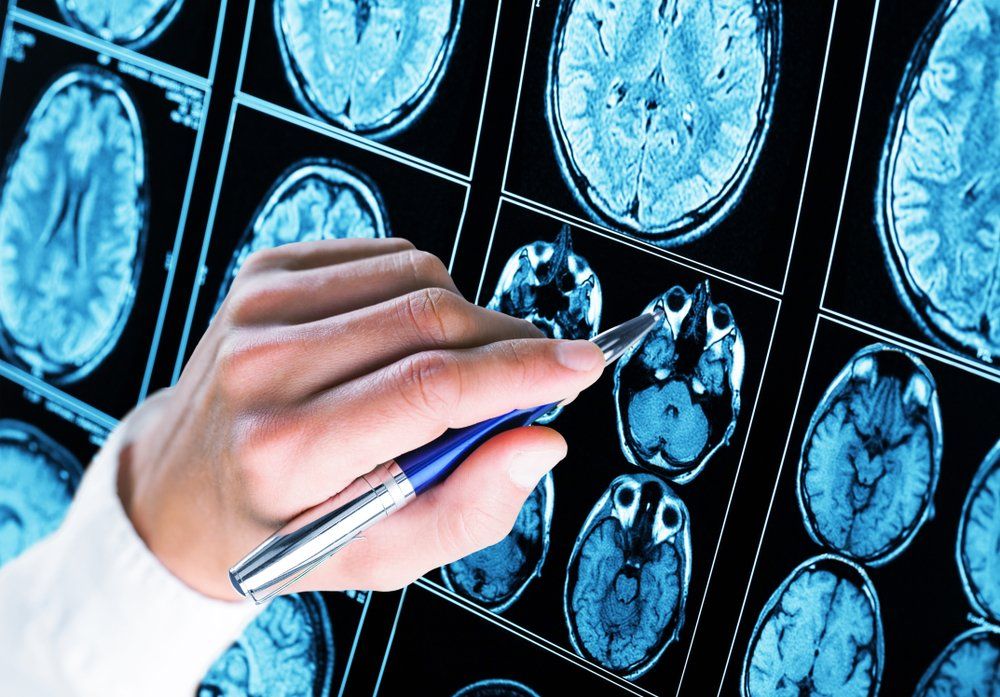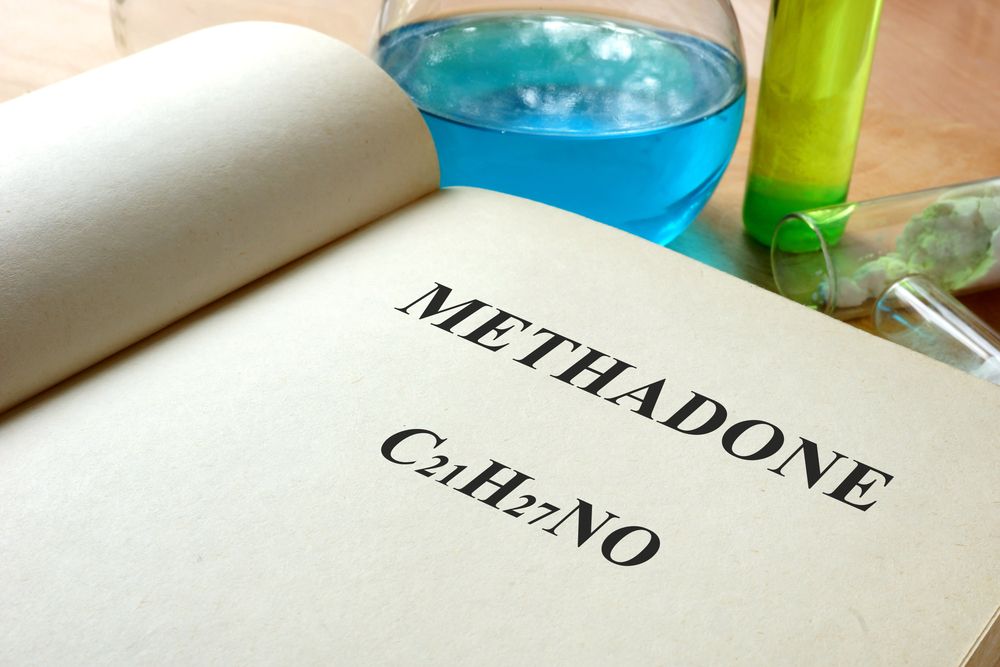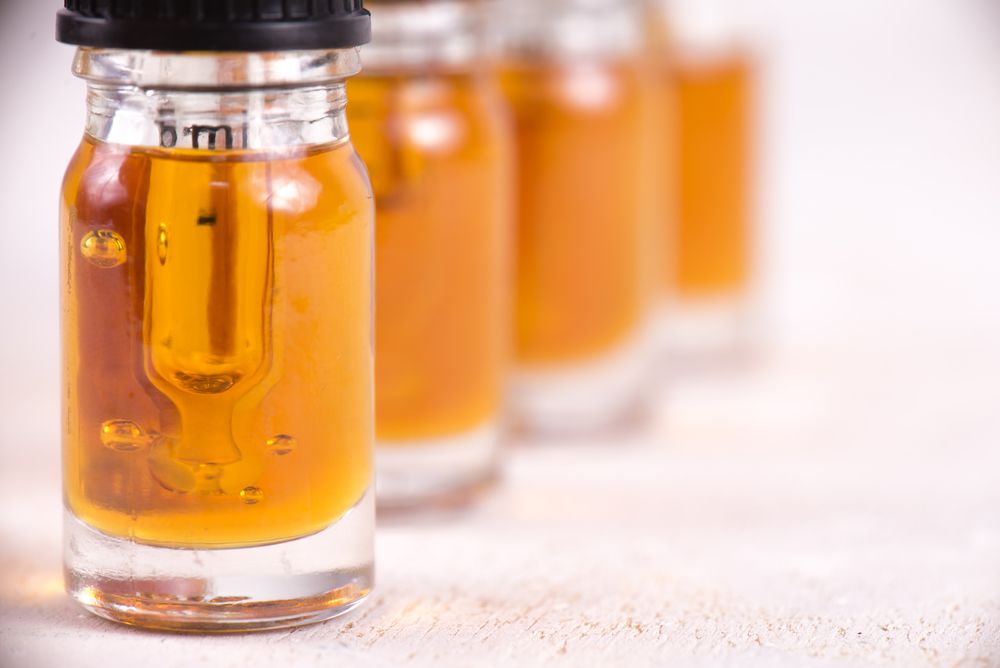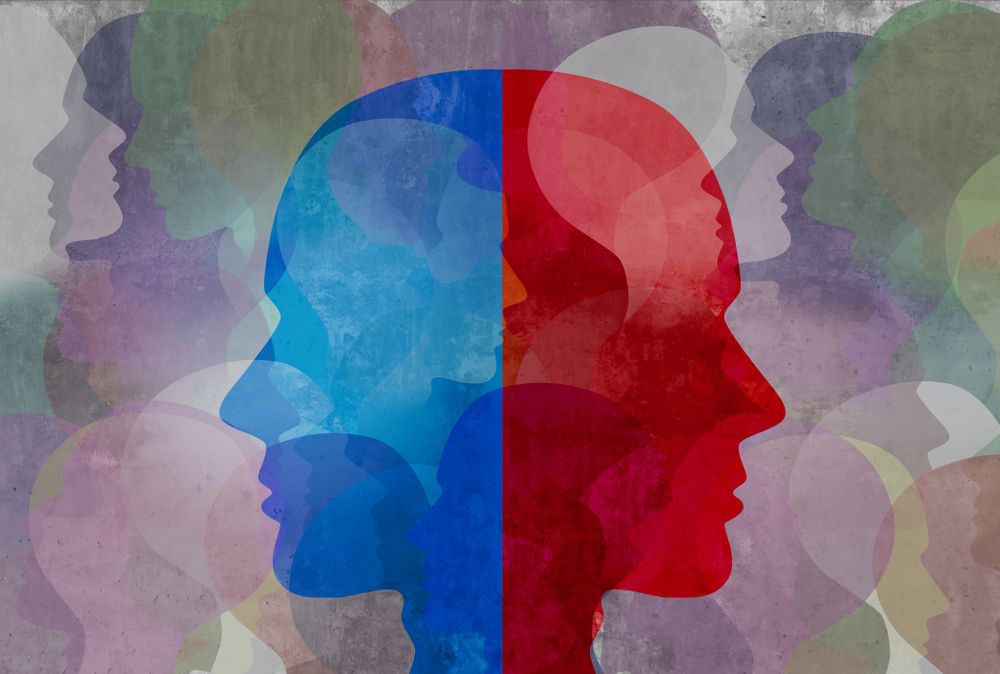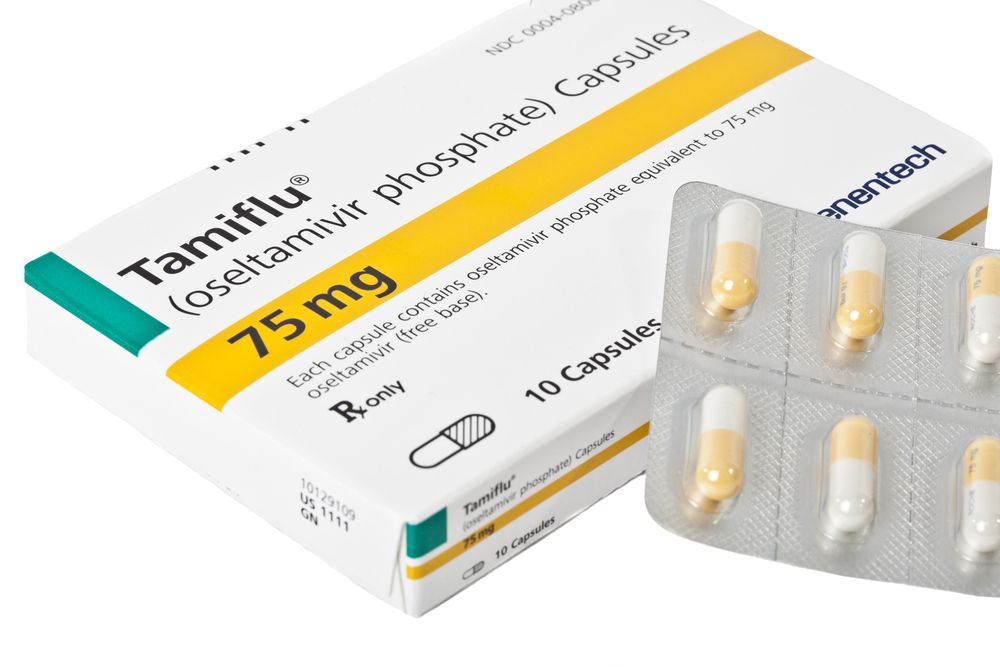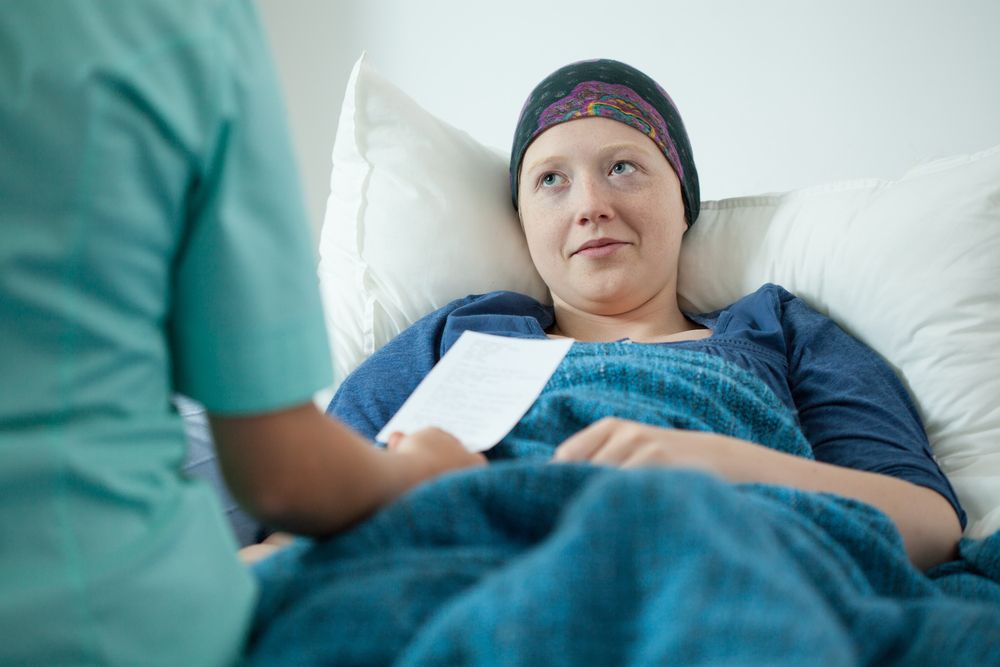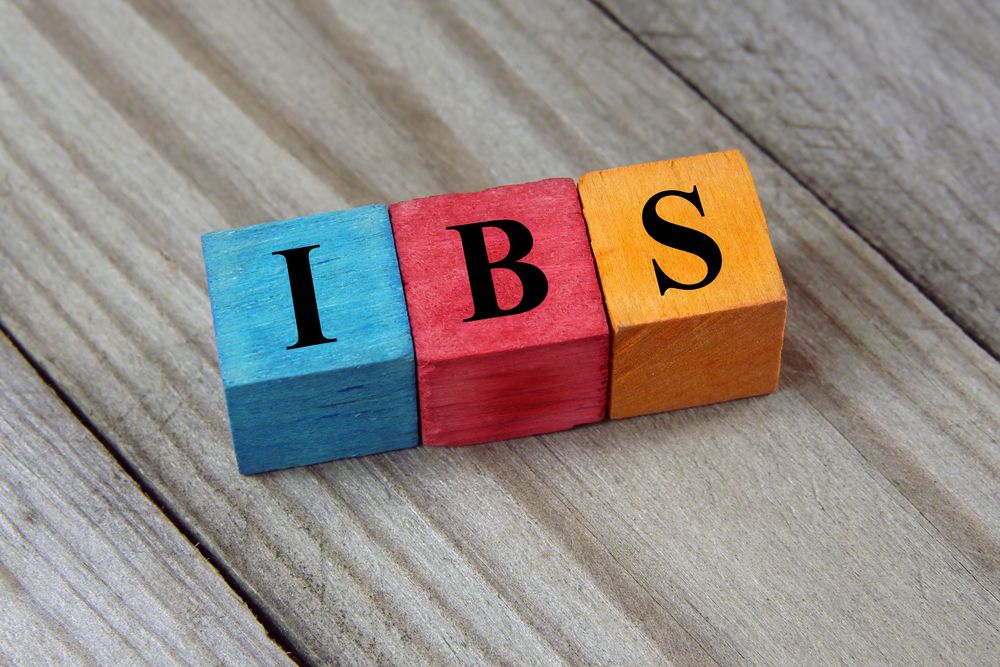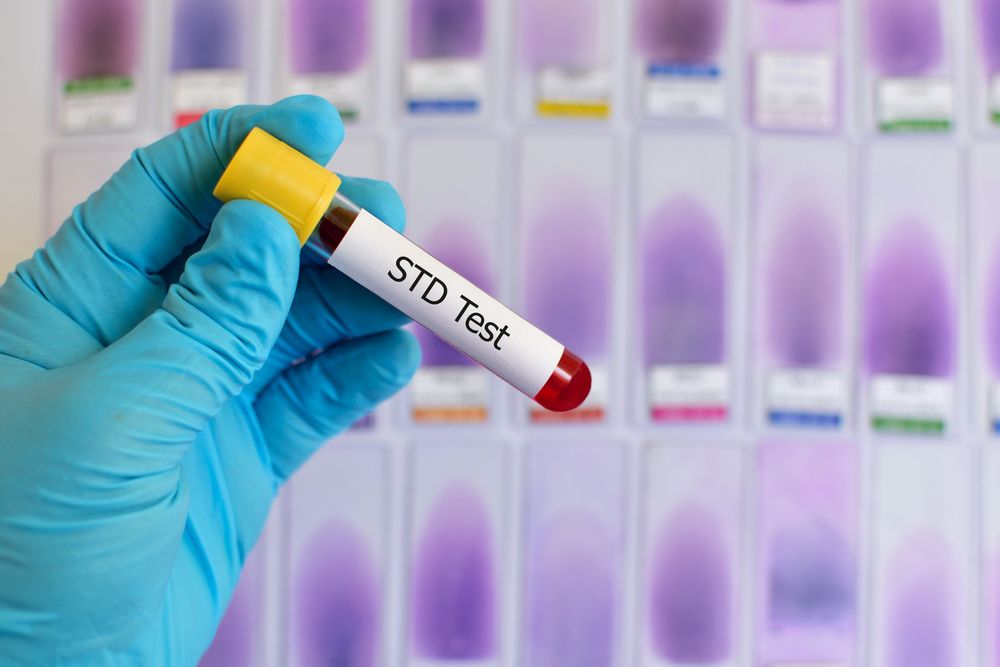Blood is essential to life, carrying oxygen to vital organs and tissues, fighting infections, and clotting to heal wounds. A blood disorder is any condition that impacts this system.
The broad category of blood disorders includes many illnesses. Three fairly common ones include anemia, von Willebrand disease, and non-Hodgkin’s lymphoma. (Learn More — Blood Disorders)
Anemia occurs when you lack enough healthy red blood cells to fully supply your tissue with oxygen, which can then cause fatigue and weakness. In the mildest cases, you may not even notice you are anemic, but symptoms can sometimes be severe.
Treatment for anemia varies widely, as there are many potential causes. Your doctor must first determine a cause before treatment can begin. (Learn More — Anemia)
Similar to the more well-known, but less common, hemophilia, von Willebrand disease interferes with your body’s ability to clot. In some cases, only minimal treatment and monitoring may be needed, but some people may be put on medication, including contraceptives, desmopressin, and clot-stabilizing medications. (Learn More — Von Willebrand Disease)
Non-Hodgkin’s lymphoma is a relatively common cancer that originates in the lymphatic system. It is a serious illness that warrants seeing a doctor as soon as possible, but your doctor may determine it is progressing slowly enough that no immediate treatment is needed. When treatment is required, there are several options available, including chemotherapy, radiation therapy, and more. (Learn More — Non-Hodgkin’s Lymphoma)
Blood Disorders
A blood disorder is a condition that impacts your red blood cells, white blood cells, platelets, or plasma. While every blood condition should be taken seriously, prognosis and treatments vary depending on the specific disorder.
These are three relatively common blood disorders:
- Anemia
- von Willebrand disease
- Non-Hodgkin’s lymphoma
Anemia
Anemia is a condition in which there is an absence of enough healthy red blood cells to adequately supply oxygen to the body’s tissues. This lack of oxygen can make you feel tired and weak, with symptoms ranging from mild to severe.
At its mildest, you may not feel any symptoms of anemia. More severe anemia can manifest in several symptoms:
- Weakness
- Fatigue
- Irregular heartbeat
- Headaches
- Cold hands and feet
- Dizziness
- Lightheadedness
- Chest pain
- Shortness of breath
- Pale or yellowish skin
There are multiple forms of anemia. It is essential to talk to a doctor if you experience any symptoms and suspect you are anemic, as some forms can be life-threatening.
Proper treatment for anemia will depend on the root cause.
- Iron deficiency anemia: Generally, iron deficiency anemia is solved by simply making sure the person receives enough iron through diet changes or iron supplements.
 Sometimes, this anemia is caused by blood loss, which means a doctor will need to find the source of the blood loss and stop it via surgery or another appropriate method. A notable exception is if the blood loss is due to menstruation. In that case, the person is often put on iron supplements.
Sometimes, this anemia is caused by blood loss, which means a doctor will need to find the source of the blood loss and stop it via surgery or another appropriate method. A notable exception is if the blood loss is due to menstruation. In that case, the person is often put on iron supplements. - Vitamin deficiency anemias: Similar to iron deficiency, vitamin deficiency (notably folic acid and vitamin C deficiency) is typically resolved with diet changes and supplements.
Some people struggle to absorb vitamin B-12 from the food they eat. In these cases, they may need vitamin B-12 shots. While treatment may start as one shot per day, the frequency will taper off with time. In some cases, these shots will be necessary for the rest of one’s life. - Anemia of chronic disease: This type of anemia has no specific solution. A doctor must treat the underlying condition. In severe cases, they may decide that a blood transfusion or special hormone shots are necessary to reduce fatigue and other anemia symptoms.
- Aplastic anemia: This type of anemia often requires a blood transfusion, although in some cases, you may need a bone marrow transplant. Bone marrow plays a key role in the production of healthy blood cells, and when someone experiences bone marrow failure, a transplant can help.
- Anemias associated with bone marrow disease: This is another broad category of anemia with a wide range of treatments. The proper treatments for these diseases may include a bone marrow transplant (for reasons similar to those mentioned above), medication, or even chemotherapy.
- Hemolytic anemias: The right way to tackle hemolytic anemia varies. You may need to take drugs to suppress your immune system if it is attacking healthy blood. Any infections you have will need to be treated, and you will need to avoid any drugs that your doctor suspects to be causing problems.
- Sickle cell anemia: This form of anemia can be tackled in multiple ways. Typically, treatment involves a combination of oxygen, pain relievers, and IV fluids to prevent complications and regulate a patient’s pain levels. Simultaneously, a doctor will prescribe blood transfusions, antibiotics, and supplements as appropriate.
In some cases, the cancer drug hydroxyurea (Droxia, Hydrea, Siklos) is used to help. It should be noted that sickle cell anemia is not cancer. - Thalassemia: This type of anemia tends to be mild enough that treatment is not required. In severe cases, folic acid supplements, medication like deferasirox (Exjade, Jadenu), or a blood transfusion may be required. Although relatively rare, sometimes the spleen is removed or a blood and bone marrow stem cell transplant is needed.
Von Willebrand Disease
While hemophilia is a better-known bleeding disorder, von Willebrand disease is much more common. Von Willebrand disease is the most common inherited bleeding disorder in America caused by clotting proteins. It can affect both men and women, whereas hemophilia is significantly more common among men. 
Similar to hemophilia, von Willebrand disease affects the ability of your blood to clot, although it is usually milder. It is classified into three types (types 1, 2, and 3), with the condition being more severe, and rarer, as the numbers increase.
It can cause fairly serious problems for those who menstruate heavily, but most people with von Willebrand disease can live normal, full lives. Those with the disease need to consult with doctors before having dental work, giving birth, or having any surgeries. Certain precautions need to be taken due to their reduced ability to clot.
People with this disease need to avoid certain medications that can reduce the ability to clot. These include aspirin (Durlaza, Aspir-Low, Aspir-81) and ibuprofen (Advil, NeoProfen, Caldolor).
In some cases, it may be necessary for a person with von Willebrand disease to receive special transfusions of blood factor concentrates or take medications. Medications include:
- Oral contraceptives (Alesse, Levlen, Ortho Tri-Cyclen). Heavy menstrual periods are one of the most common ways von Willebrand disease can cause serious problems. Birth control pills contain estrogen hormones, which can boost levels of von Willebrand factor and factor VIII activity — two key factors in blood clotting that von Willebrand disease interferes with.
- Desmopressin (DDAVP, Stimate). Desmopressin is a synthetic hormone similar to the natural hormone vasopressin. Available as an injection or nasal spray, this hormone stimulates the body to release more von Willebrand factor, which is stored in the lining of your body’s blood vessels. This tends to be most effective for Type 1 von Willebrand disease, although it can sometimes help with Type 2.
- Clot-stabilizing medications (Amicar, Cyklokapron, Lysteda). These medications can help to stop bleeding by interfering with the way blood clots break down. They slow the breakdown of blood clots, which is often useful before or after surgery and dental procedures.
Non-Hodgkin’s Lymphoma
Non-Hodgkin’s lymphoma (NHL) is estimated by the American Cancer Society to account for as much as 4 percent of all cancer cases in the United States. It begins in the lymphatic system, causing tumors to develop from your lymphocytes, which are a type of white blood cell.
These are symptoms of NHL:
- Swelling of the lymph nodes in the armpit, groin, and neck
- Abdominal and chest pain
- Swelling in the chest
- Coughing or trouble breathing
- Chronic fatigue
- Fever
- Weight loss
- Night sweats
If you experience any of the above, you should see a doctor right away. NHL, like other cancers, is progressive. It gets more dangerous and difficult to treat as time goes on, and it can be life-threatening.

Non-Hodgkin’s lymphoma can sometimes be challenging to diagnose. It warrants seeing a doctor with experience diagnosing lymphoma and sometimes finding a second opinion from a specialist as needed.
In some cases, your lymphoma may be progressing slowly enough that your doctor will decide you won’t need treatment for multiple years. This does not mean that your health is being ignored. You will need to schedule regular checkups, and your doctor will look for signs that you need to be treated as time goes on.
When treatment is determined to be necessary, you and your doctor have a few options to tackle your cancer.
- Chemotherapy (CHOP, ICE, ESHAP): Chemotherapy involves giving a patient one or a combination of drugs, either orally or via injection, that are meant to kill cancer cells. Common side effects include nausea and hair loss, with a potential for lung damage, heart damage, fertility problems, or even other cancers like leukemia.
Chemotherapy is not always an easy decision. You and your doctor need to weigh the risks of the treatment against its benefits. Side effects will vary depending on the specific drugs administered. - Radiation therapy: Radiation therapy involves the use of specialized and highly precise machines to target affected lymph nodes and nearby lymph nodes, helping to destroy your cancer and prevent its spread. The treatments usually take about 30 minutes per session, and they require that you get it multiple times a week for several weeks.
Radiation treatments commonly cause redness and hair loss on the areas being treated, as well as fatigue. Radiation therapy also carries a risk of heart disease, stroke, thyroid problems, infertility, and the potential to cause other cancers, such as lung or breast cancer. - Bone marrow transplant/stem cell transplant: Using radiation and chemotherapy to suppress your own bone marrow, a bone marrow transplant allows healthy bone marrow stem cells (from either your or a donor) to be infused into your blood, eventually traveling to your bones. This lets your body rebuild bone marrow, which is essential to maintaining a healthy collection of blood cells.
- Biological therapy drugs (Rituxan): Biological therapy drugs boost your immune system’s ability to fight cancer. One such drug is rituximab (Rituxan), which can affect B cells in your body. While these cells are vital to your health, your body can reproduce healthy B cells while cancerous ones have a harder time returning.
References
Types of Blood Disorders. WebMD.
Anemia: Symptoms & Causes. (August 16, 2019). Mayo Foundation for Medical Education and Research (MFMER).
Anemia: Diagnosis & Treatment. (August 16, 2019). Mayo Foundation for Medical Education and Research (MFMER).
Bleeding Disorders. American Society of Hematology.
Von Willebrand Disease. (December 6, 2016). Mayo Foundation for Medical Education and Research (MFMER).
Non-Hodgkin’s Lymphoma: Symptoms & Causes. (April 10, 2018). Mayo Foundation for Medical Education and Research (MFMER).
Non-Hodgkin’s Lymphoma: Diagnosis & Treatment. (April 10, 2018). Mayo Foundation for Medical Education and Research (MFMER).
Key Statistics for Non-Hodgkin Lymphoma. American Cancer Society.
Chemotherapy Treatment. (November 27, 2017). Cancer Research UK.

